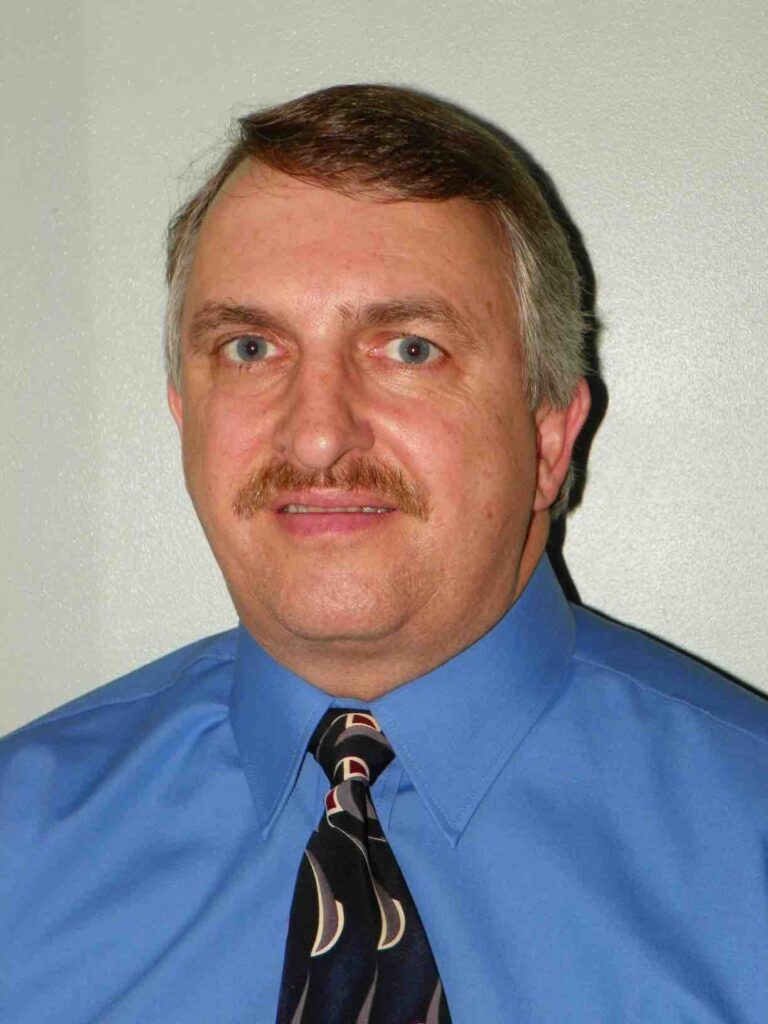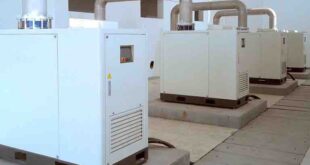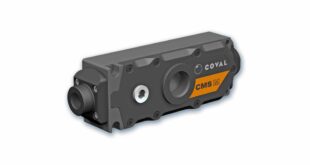Processing and refining hydrocarbons require high heat for a number of critical steps, and heaters based on fossil fuels have traditionally filled those roles. But with mounting pressure to mitigate carbon dioxide emissions and advance long-term decarbonisation goals, engineers have been exploring the potential for electric process heaters. This would allow several heating steps to be completed using ‘clean‘ electricity from renewable sources. Dennis Long explores the possibilities of electric process heaters
Replacing fossil fuel heaters with electric heaters would allow for a reduction in ‘Scope one’ carbon dioxide emissions. As defined by Buehler, Scope one emissions are the direct result of burning fuels like natural gas or fuel oil for process heating. Scope two emissions result from the need to import energy, while Scope three emissions are produced while using a product. For example, emissions from vehicles on the road. All three types must be reduced to hit decarbonisation targets.
What’s holding back Scope one emission reduction?
A survey conducted by Watlow for its customers and prospects has revealed that a full 90% of oil and gas leaders are already actively engaged in decarbonisation efforts. Hydrocarbon processors are no longer focused on if they should decarbonise, but how they will decarbonise.
So why are not electric process heaters more ubiquitous in the energy sector today? Surprisingly, familiarity might be the main reason. Until now, such heaters have played only very narrow roles in hydrocarbon processing and were usually smaller, operating at lower voltages. Although larger heaters are easily imaginable, engineers recognise that a number of questions arise when it comes to their control and maintenance. In short, no one wants to be first into the water when it comes to running larger medium-voltage thermal systems.
The good news for industry is that modern electric heaters can provide the same, or improved, performance that hydrocarbon engineers have come to expect from fossil fuel powered heaters and can therefore play a key role in decarbonisation efforts.
Ensuring consistent control
Some of the most common questions about larger process heaters have to do with control. What additional elements are needed to ramp up the heater? How is temperature monitored and controlled? What additional safety precautions are needed?
Just because larger electric heaters have not traditionally been used to heat all processes in the petrochemical industry does not mean that the technology is untested. In fact, field-proven power switching devices have been in use for low-voltage electric process heaters and electric medium voltage motors in numerous industries for years, and the ability to control voltage is well established.
PLCs and similar power management systems bring heaters online in ways that prevent problems for other devices connected to the same power source. The heater and controller are part of one closed-loop system, which streamlines integration and yields more control over the entire system.
Industry leaders such as Watlow are solving the world’s most challenging and essential thermal problems. Its work includes breaking down the barriers to energy transition to provide clean, efficient and reliable ways to electrify processes traditionally heated with fossil fuels. This includes Watlow’s POWERSAFE solution — a medium voltage heating solution that combines both an electric heat exchanger and a control system. The system has been proven to operate safely and reliably at 4160V and higher. It also offers a flexible combination of a silicon-controlled rectifier and contactor circuits up to 25 megawatts within a single control package, delivering high-efficiency power to reduce the size and weight of the solution, while providing a clean, safe asset for engineers tasked with decarbonising thermal systems.
Gaining familiarity with electric process heating systems now will reduce the burden of energy transition later. Engineers are realising two things. First, there are far more opportunities to use electric process heating systems with far fewer size constraints than energy and environmental engineers previously imagined. Second, control of these megawatt size heating systems is demonstrated in field applications, with precise control of process and skin temperatures. But, working with a reliable partner to electrify process heating systems is one of the surest ways to progress toward climate action goals without interrupting productivity or profitability.
Dennis Long chief system designer at industrial electric heater manufacturer, Watlow.
 Engineer News Network The ultimate online news and information resource for today’s engineer
Engineer News Network The ultimate online news and information resource for today’s engineer





